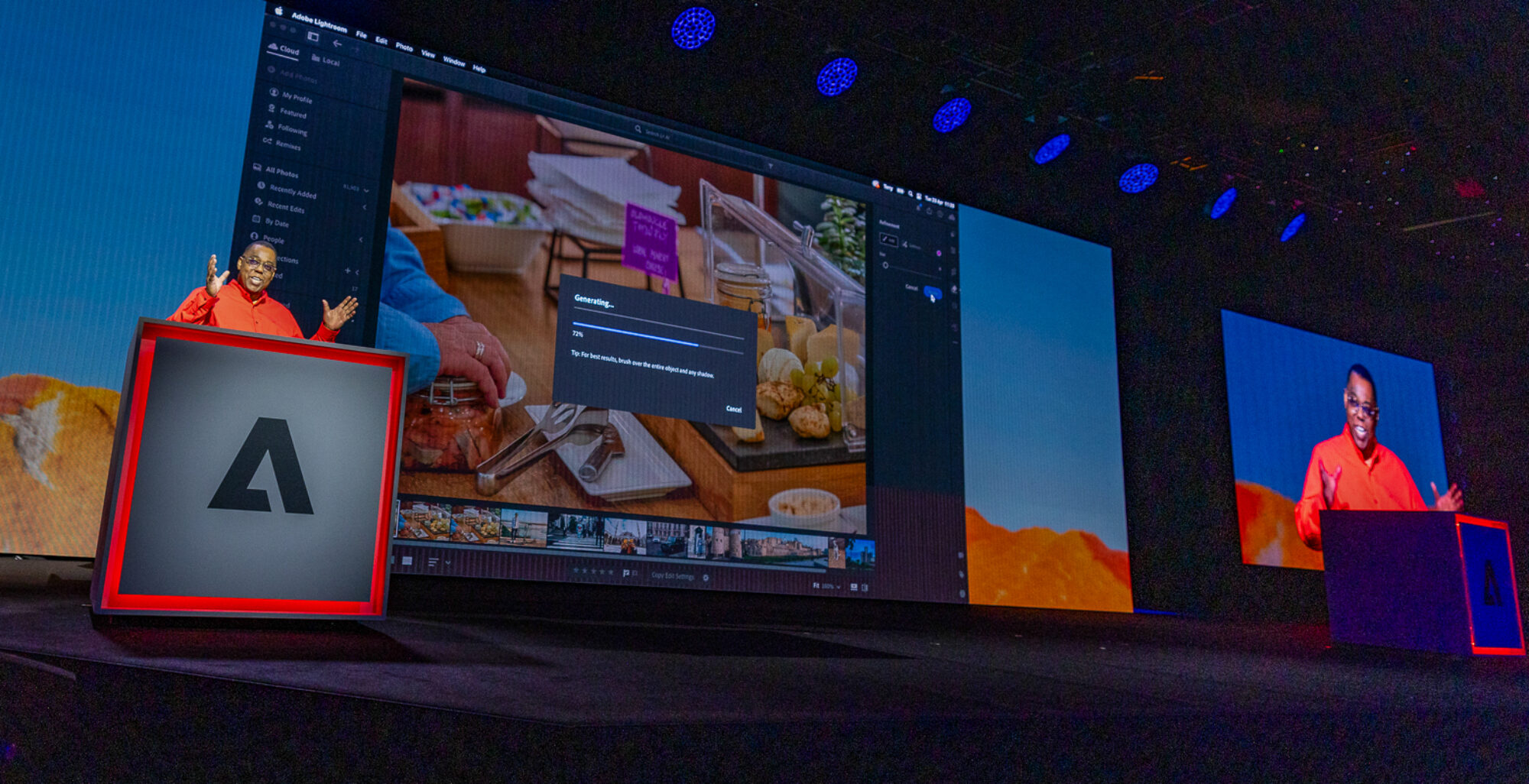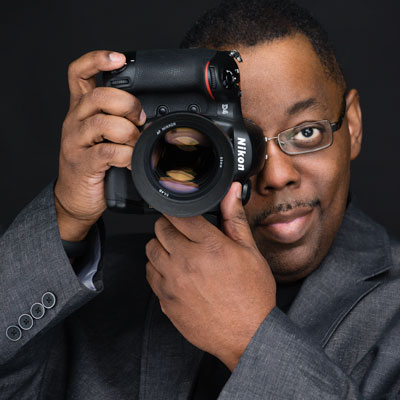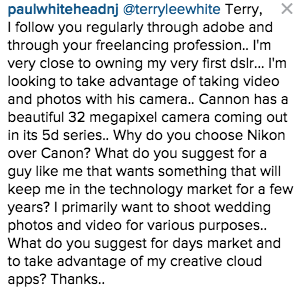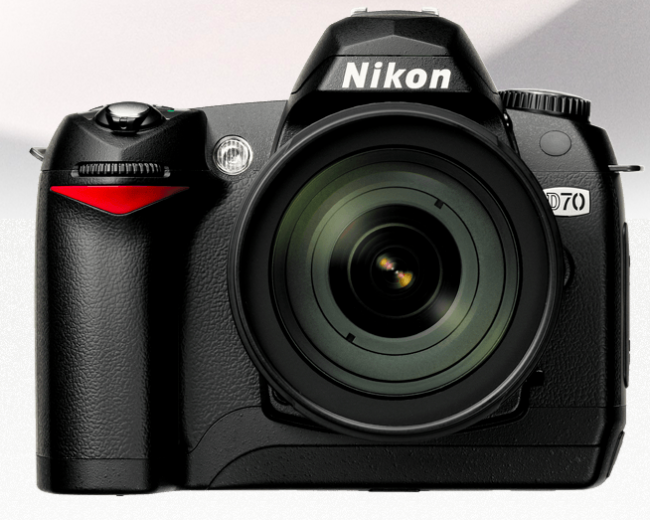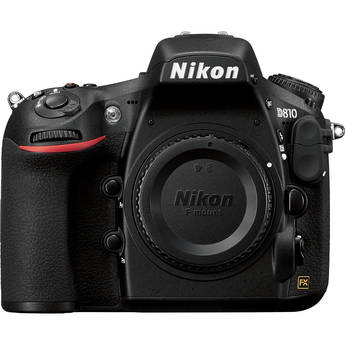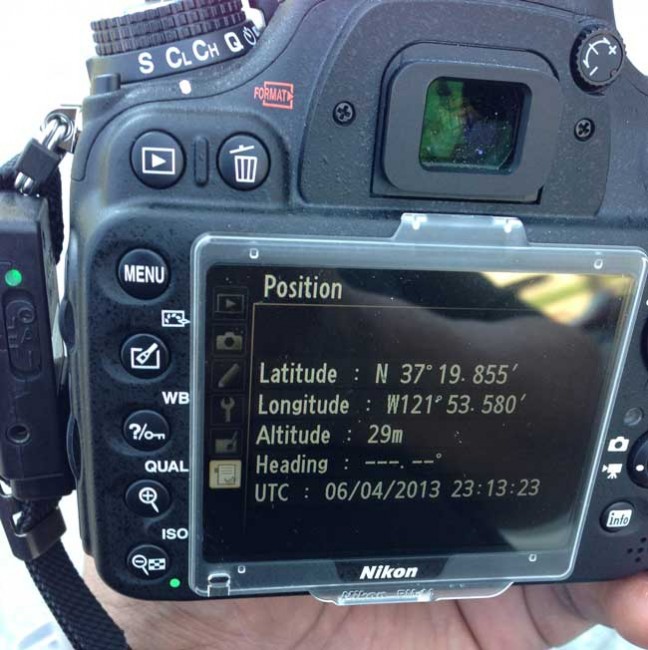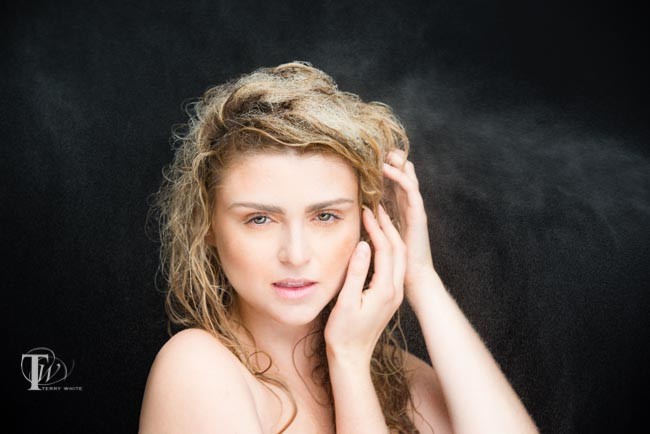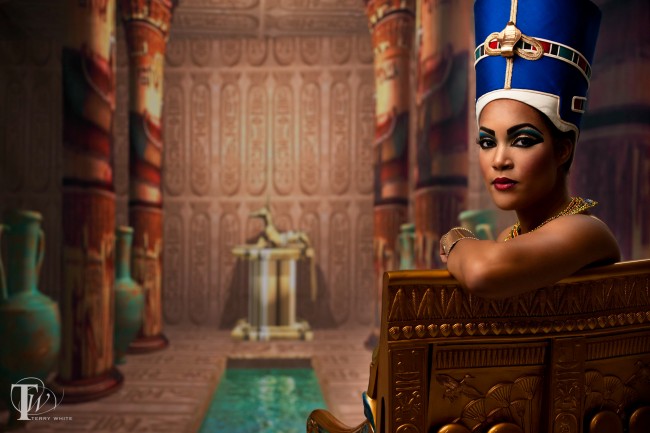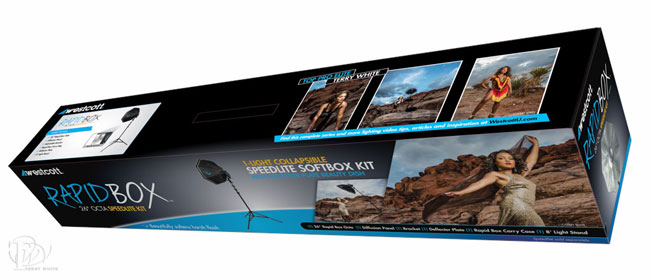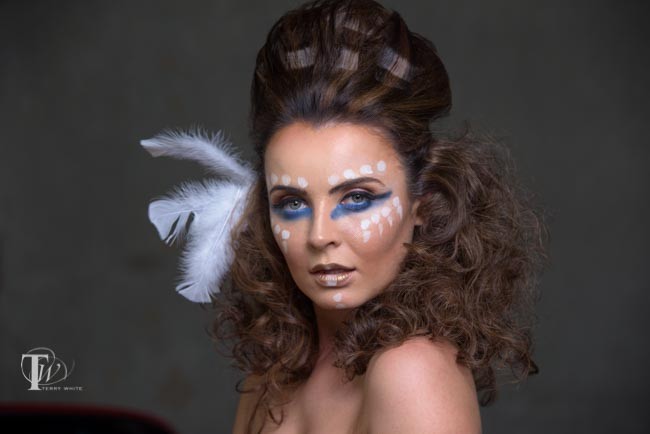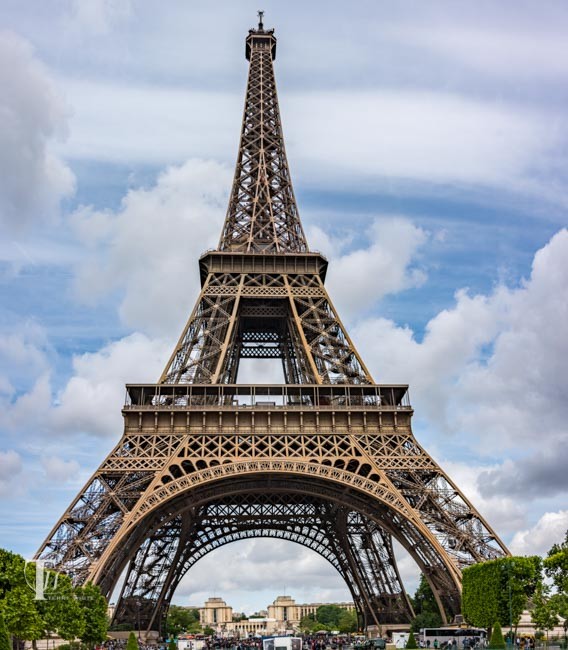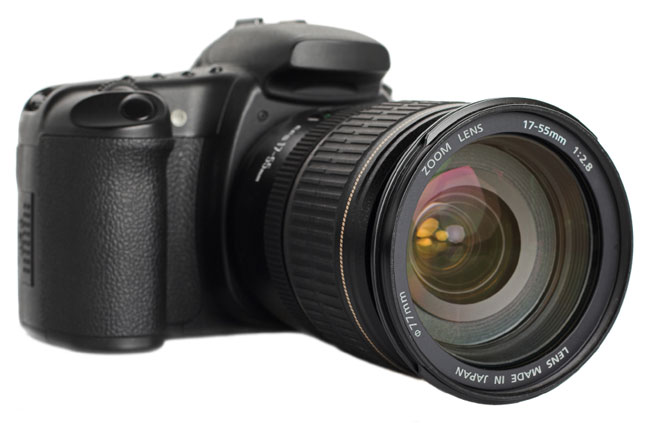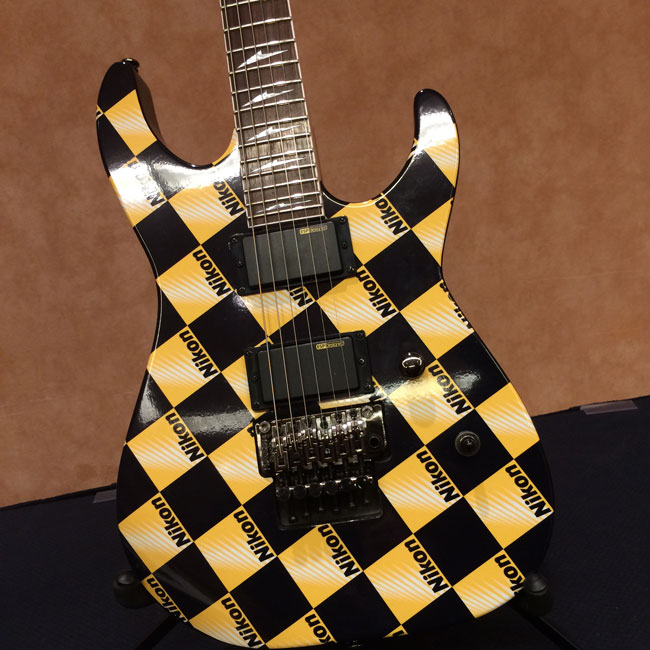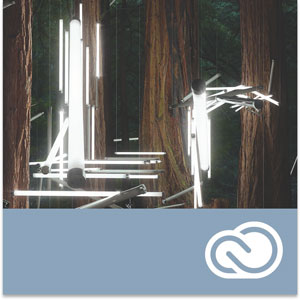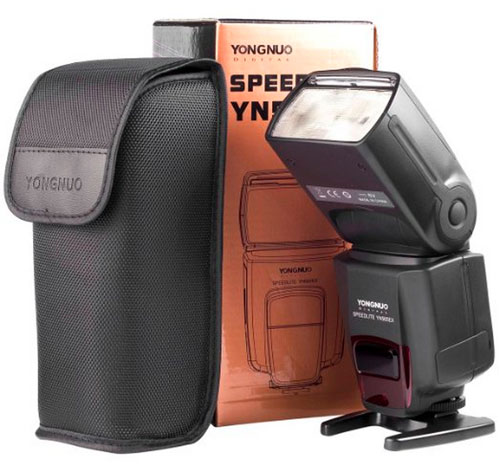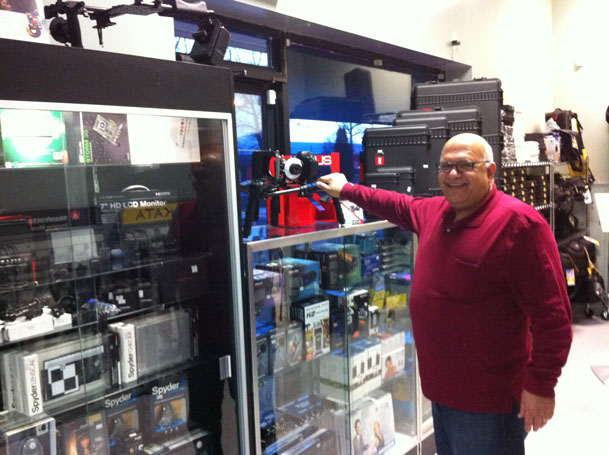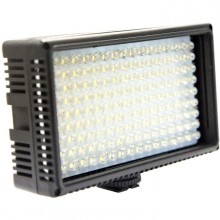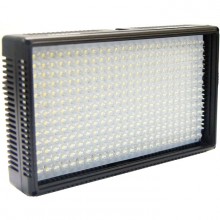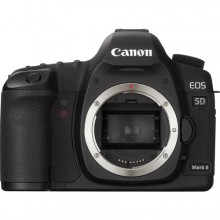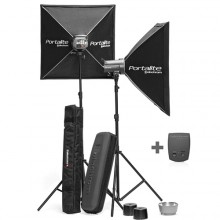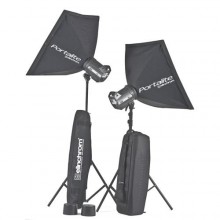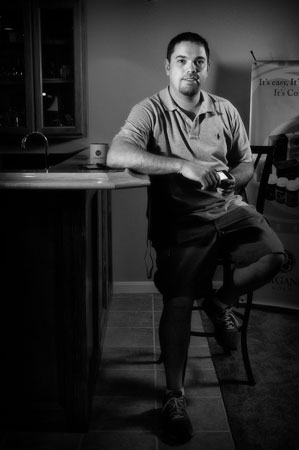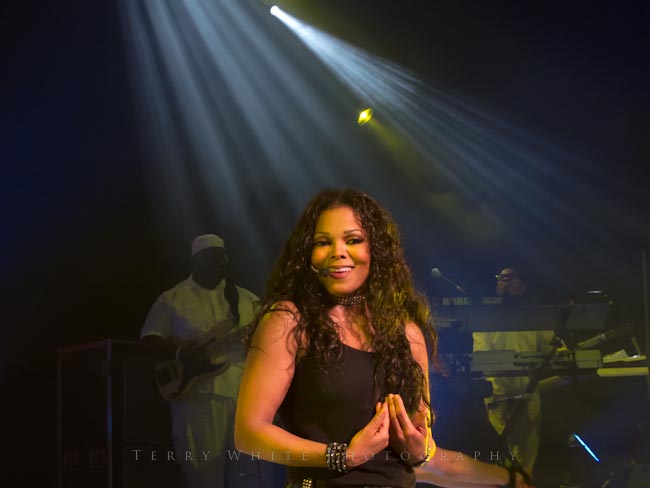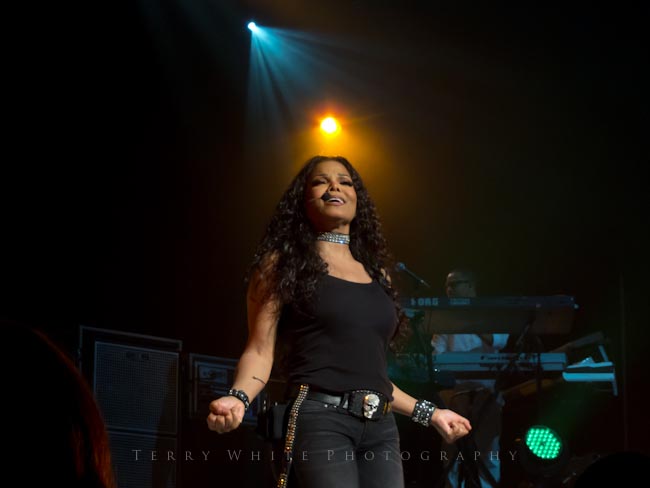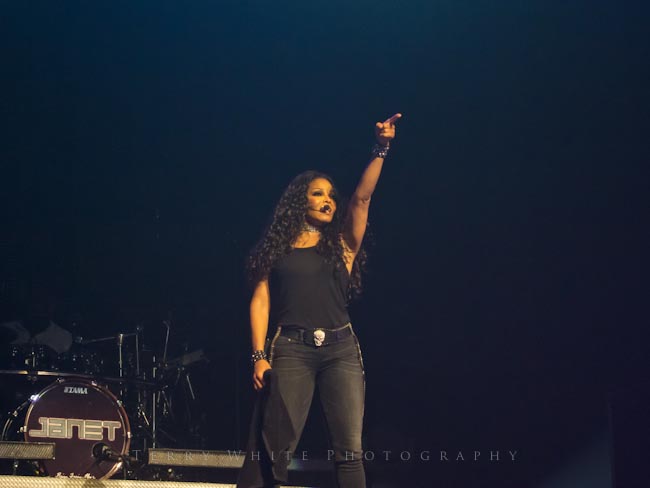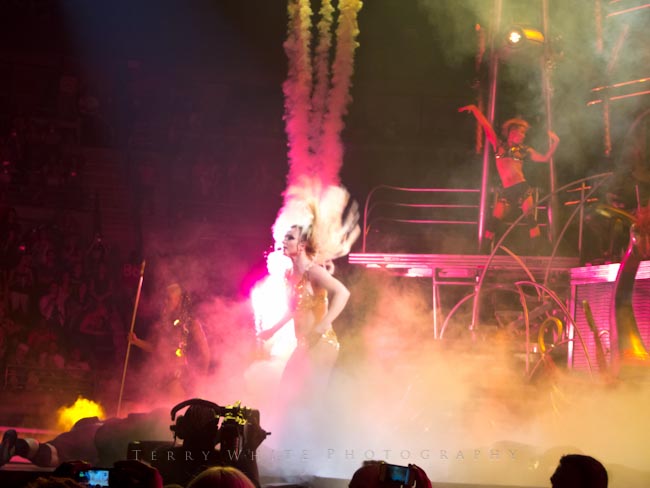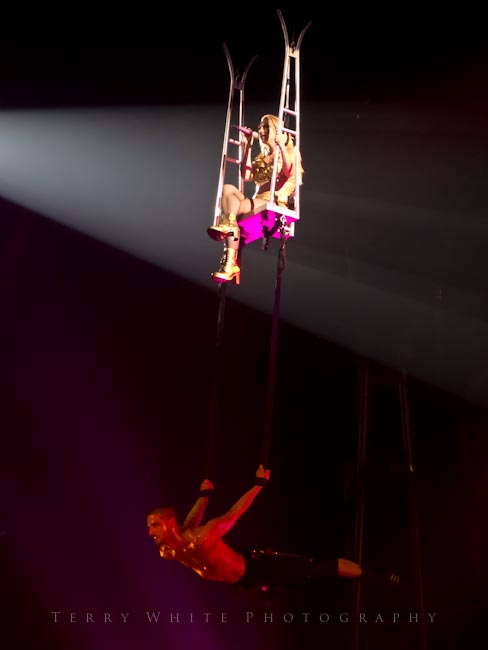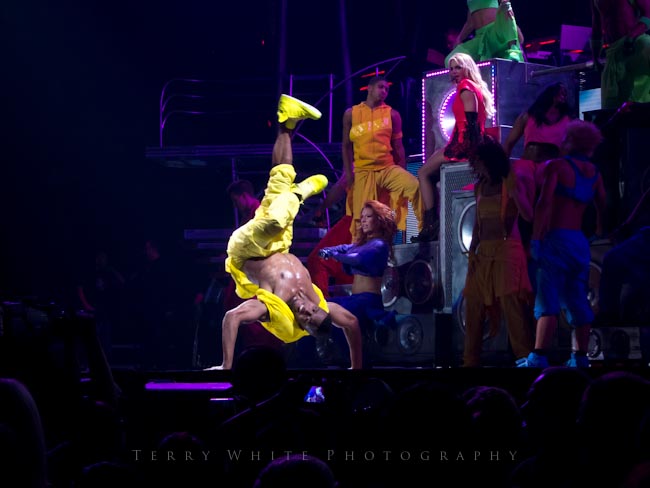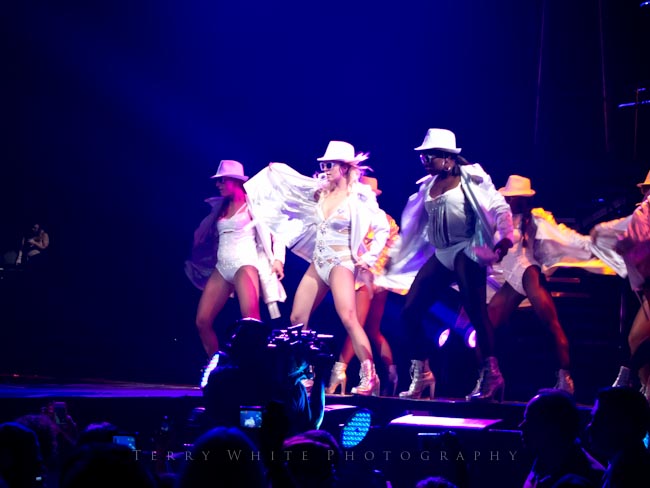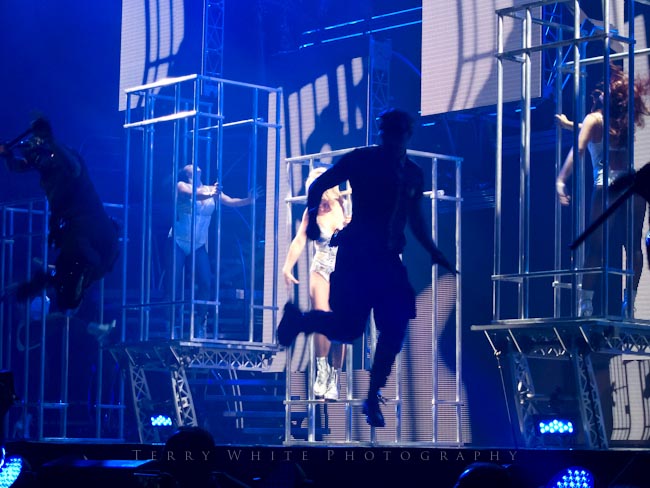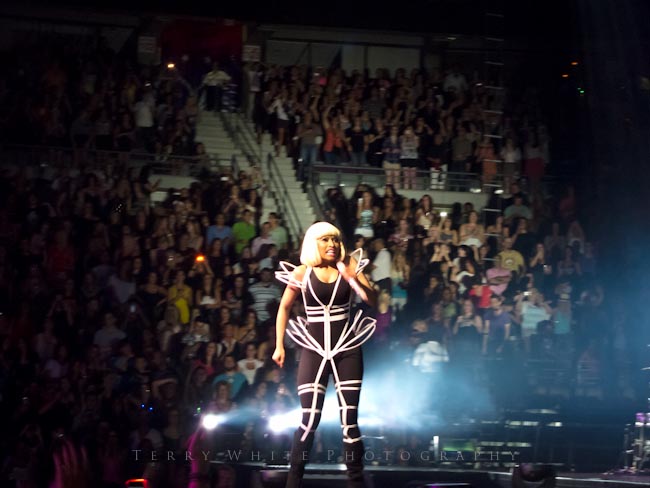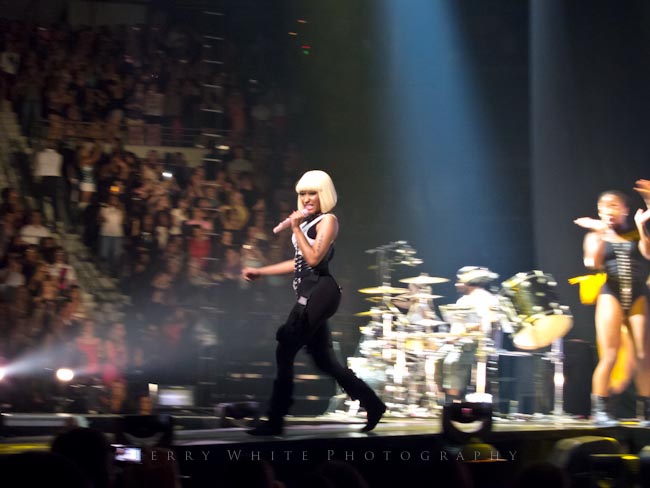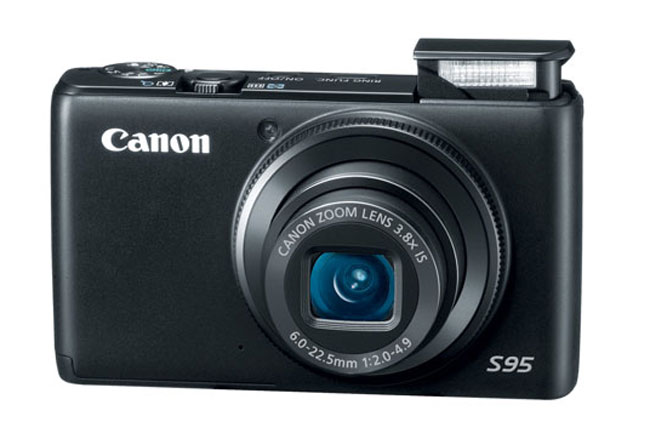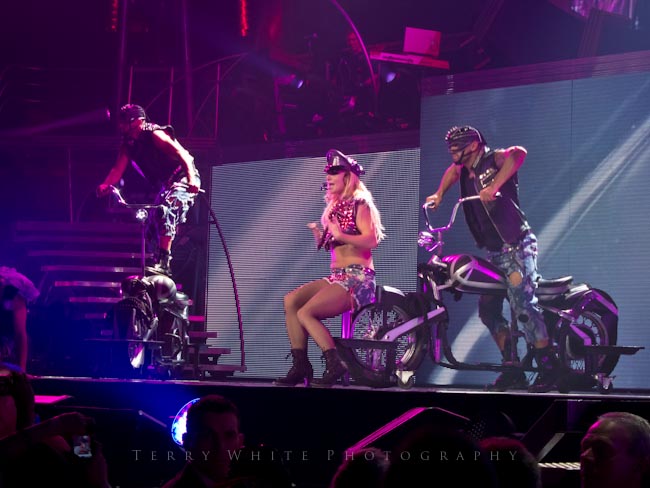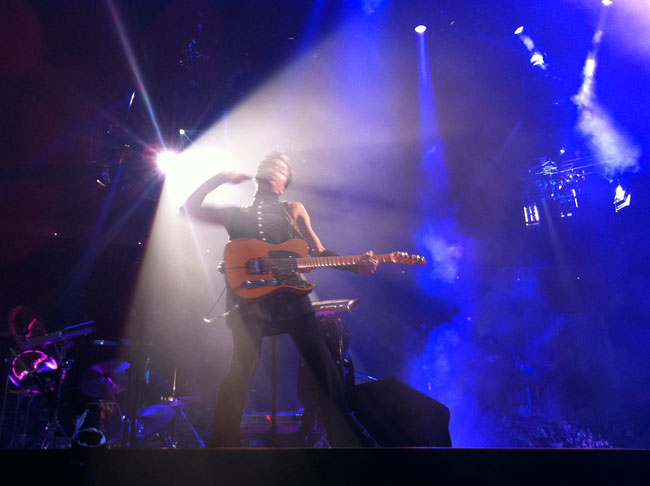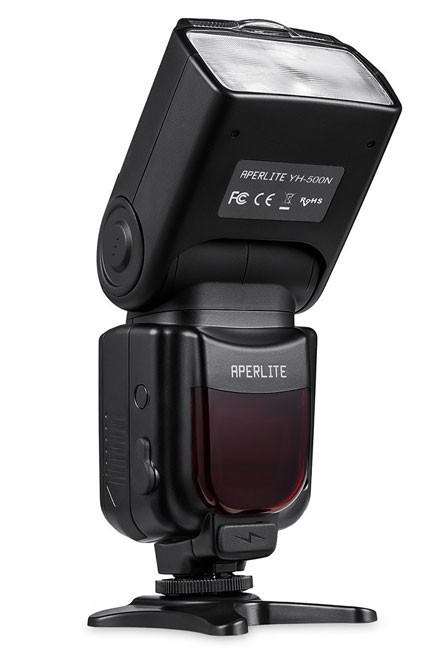
Speedlights are great for being able to light your subject on location. You get a portable, battery operated solution that with the right modifiers can be a great asset. The only problem is that the name brand speedlights by Nikon and Canon cost hundreds of dollars. This makes it hard to justify buying two or three of them. My main speedlight is a Nikon SB910 and it’s currently going for $546.95 at B&H. That price point puts them in the range of studio strobes.
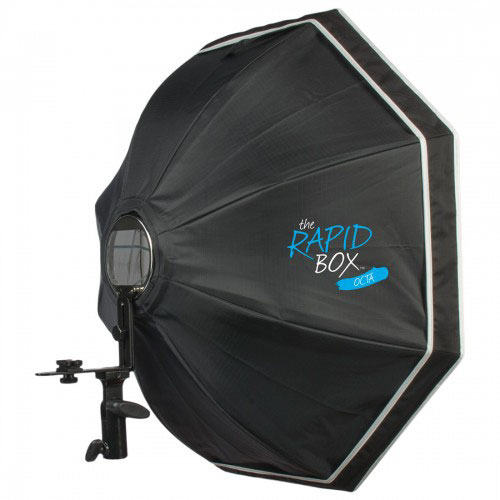
At the end of the day you need a good light that works with the functions of your camera such as TTL, and doesn’t eat through batteries faster than normal or fail during your shoot. I had a chance to try out the Aperlite YH-500N during a portrait/fashion shoot that I did recently.
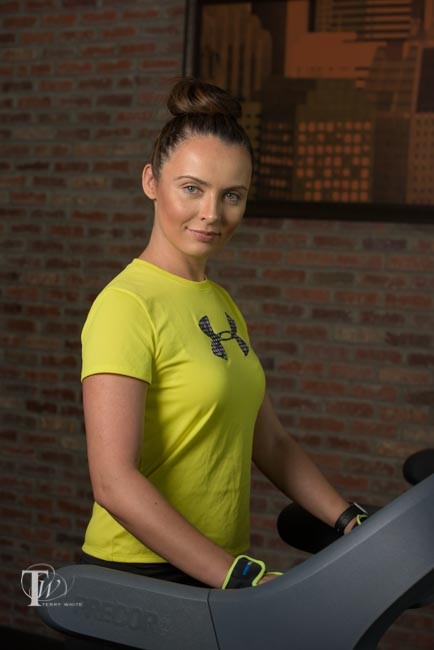
I used it with my Westcott Rapid Box 26″ Octa modifier as well as my Pocket Wizard triggers. I hadn’t had any time with it before the shoot. I took it out of the box and put my rechargeable AA batteries in it. Mounted it and started shooting. I was impressed with the output and recycle rate was also decent (3 seconds), but not super. The controls are very easy to use and the illuminated LCD is very easy to read. Actually had I spent a few minutes with it before the shoot I would have found out that it has partial support for Nikon’s Wireless remote mode. This takes it up a notch because I have the ability to trigger the Aperlite from the pop-up flash on my Nikon D810.
See it in action here
The bottom line
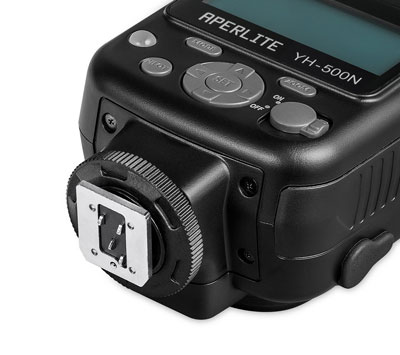
Chances are your Nikon or Canon branded speedlight is built better and may last longer, but here’s the kicker… the Aperlite is only $59.99! At that price you can buy 4 of them for less than the cost of the name brand basic speedlights.

Even if the Aperlite failed after a year’s use I could replace it every year for 9 years before hitting the cost of one SB-910.
It also makes my Westcott Rapid Box Duo 32″ Duo (which holds 2 speedlights) much more viable. I haven’t had any issues with it thus far and I’d definitely be much more willing to risk it in less than ideal conditions than I would my SB-910. If I had to do a shoot in the water or rain you better believe I’d reach for my Aperlite first. If you’re looking for a low cost speedlight, this is it.
You can get the Aperlite YH-500N for Nikon here.
You can get the Aperlite YH-500C for Canon here.
You can get the Westcott Rapid Box 26″ Octa here.
You can get the Westcott Rapid Box Duo 32″ here.
Going to Photoshop World 2015 in Vegas?

If so you can SAVE $50 by registering here with the Discount Code: TerryWhite50

